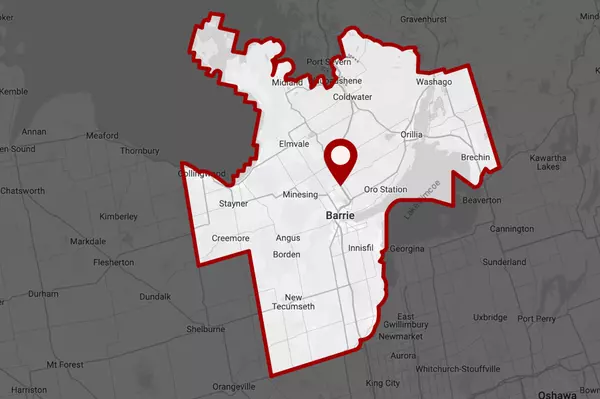
Shop Local This Christmas: The Ultimate Simcoe County Holiday Gift Guide (December 2025)
Simcoe County Holiday Gift Guide: Unique Local Finds for Everyone on Your List When you shop local, you’re not just buying a gift — you’re supporting families, artisans, small businesses, and the heartbeat of our community. This year, Simcoe County is bursting with incredible local shops, thoughtful

Simcoe County Christmas Markets 2025: Dates, Times & What to Expect (Within 50 Minutes of Barrie)
The Best Christmas Markets Near Barrie — 2025 Guide (Within 50 Minutes) From twinkling lights to handmade gifts and festive treats, Christmas markets bring out the magic of the season. Lucky for us, Simcoe County is surrounded by some of the best holiday markets in Ontario — all within a short drive

Simcoe County Market Update: Why Uncertainty = Opportunity for Buyers right now
Market Uncertainty = Hidden Opportunity Why First-Time Buyers, Move-Up Buyers & Cash Buyers Have a Rare Advantage Right Now** Real estate markets don’t move in straight lines — they move in cycles. And right now, Simcoe County is in one of the most interesting cycles we’ve seen in years. Transaction
Categories
Recent Posts










